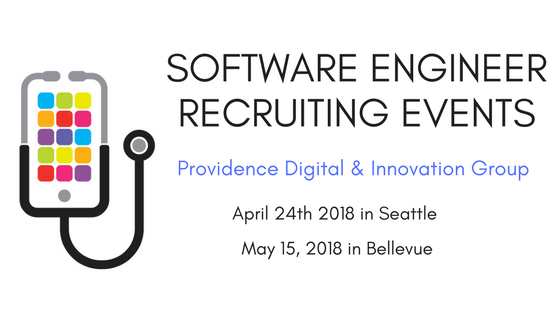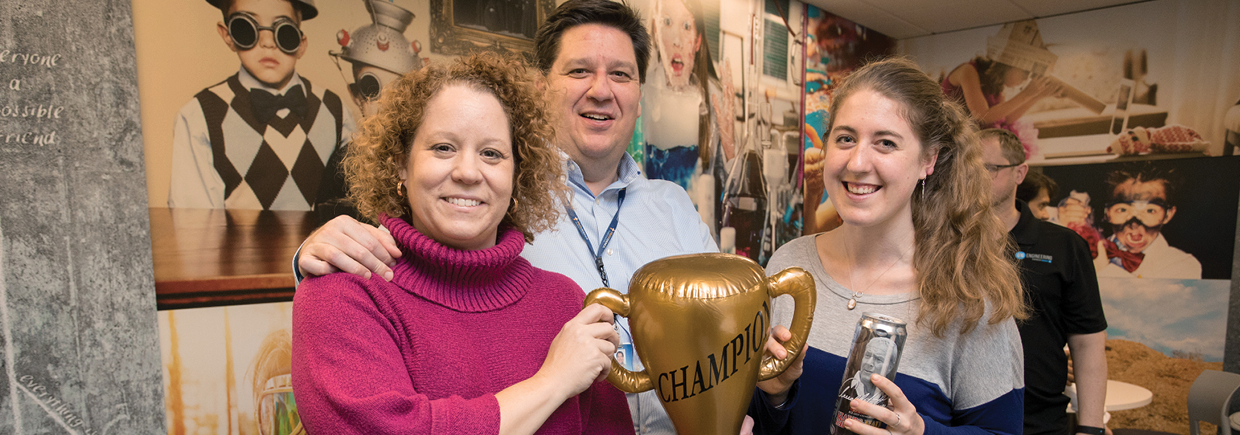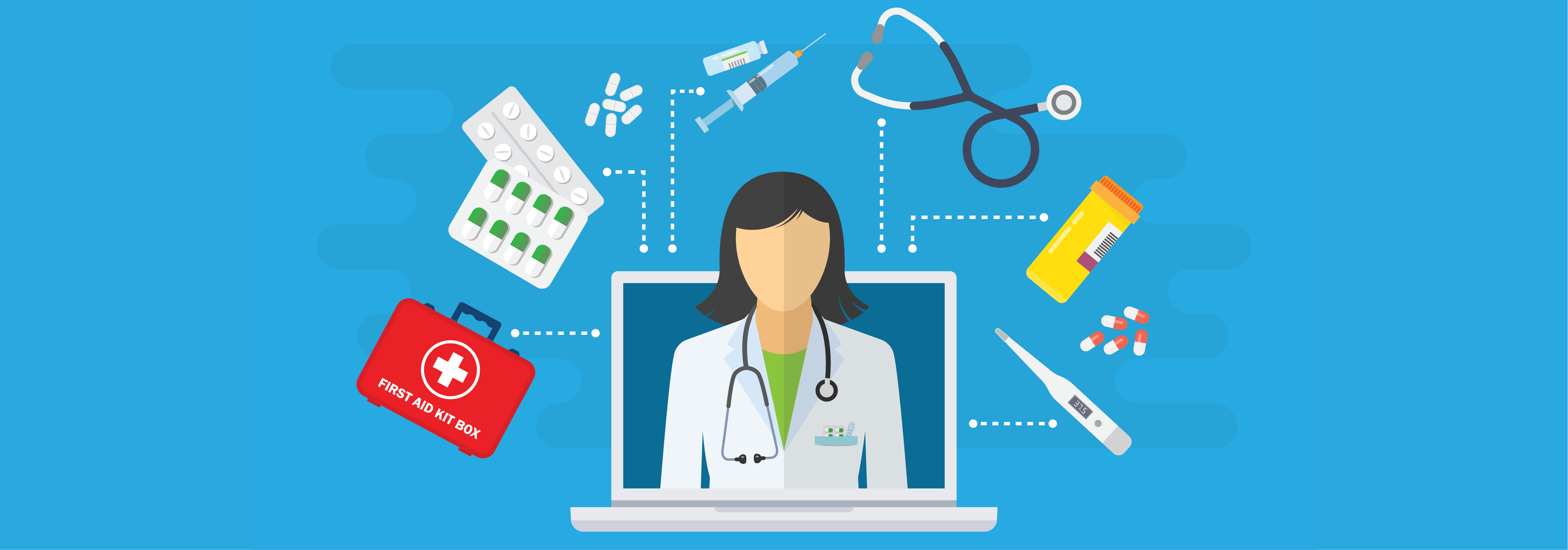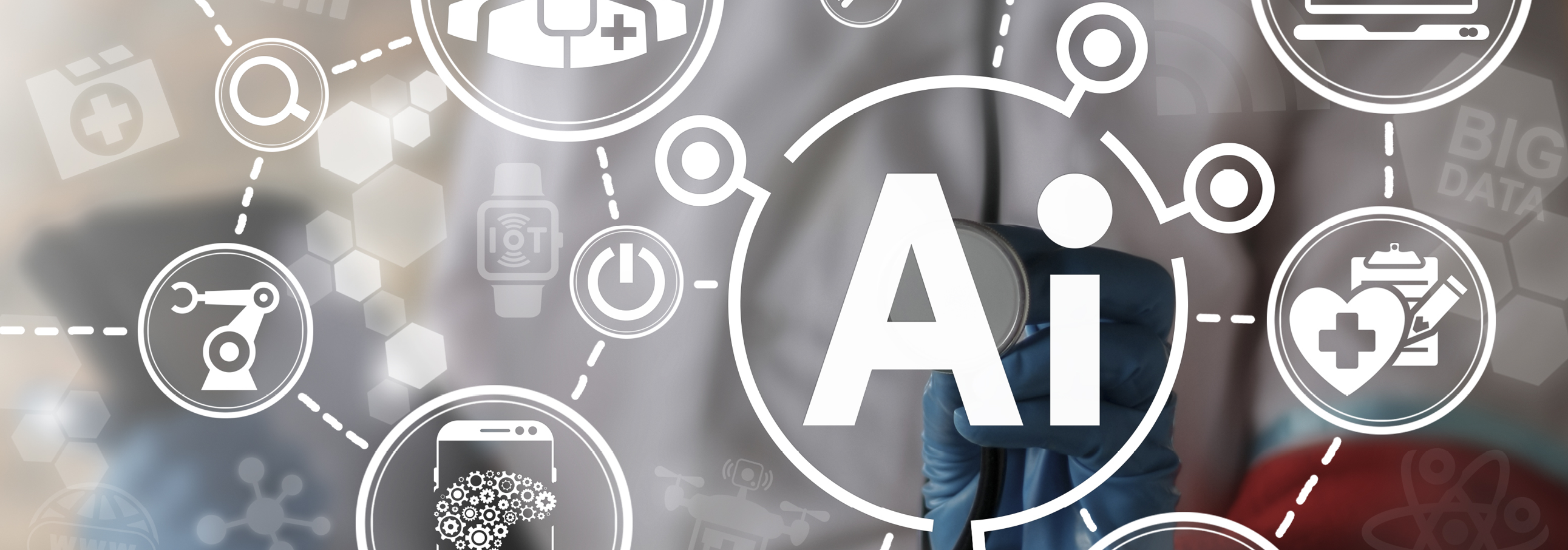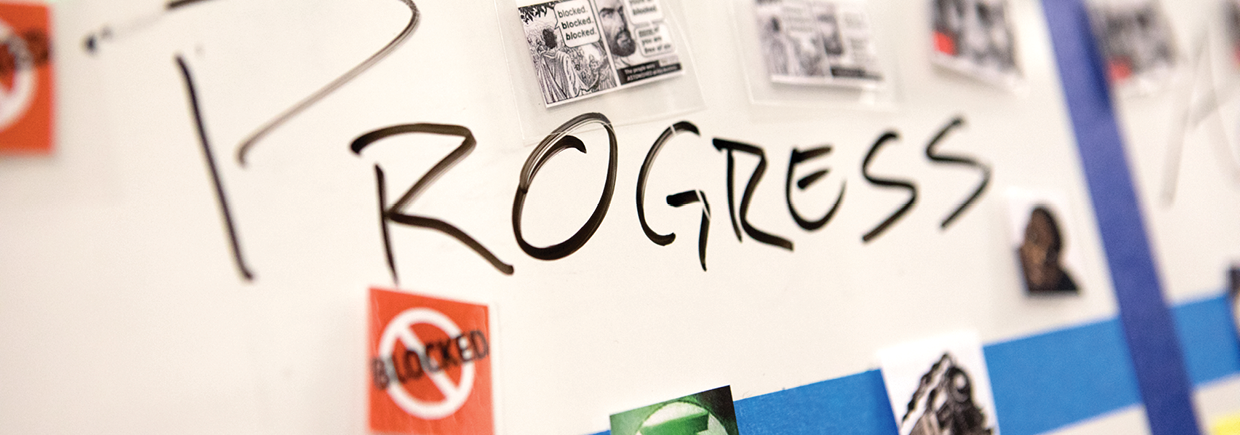A decade ago, the hottest places for software engineers to work were social media and on-demand music companies, where engineers were focused on building online spaces where people could connect with their friends or favorite entertainment. Now, a focus has turned to healthcare, where it’s all about connecting people not with their friends or playlists – but with their doctors.
The demand for engineers in healthcare
Right now, there are nearly 8,000 listings for “healthcare software engineer” on Indeed; broaden that search to “healthcare software” and there are closer to 60,000 results including positions like application programmer, java developer, data scientist and software engineer. Biomedical engineer is one of the ten fastest growing jobs right now according to USA Today, and last spring, GE Healthcare, a subsidiary of General Electric, announced a $500 million investment and that it would hire 5,000 engineers by 2018 to focus on the space.
Here are the top three reasons why engineers should work in healthcare instead of in tech:
Reason 1: You’re a diamond in the rough.
At an internet company, everyone’s a software developer. When e-commerce giant Amazon announced in January that it would hire 100,000 full-time employees in the U.S. between then and the middle of 2018, the three focus areas for called out were logistics, customer service, and – you guessed it – engineering.
In an industry full of doctors, nurses, and administrators – coders are special. In healthcare, software engineers are the ones pushing the industry forward, tasked with identifying the innovations that will matter to the largest number of people and taking on the challenge of creating them. And since the healthcare industry is the 5th largest economy on the planet, there’s plenty of market opportunity. As a software engineer in healthcare you are forging the path for a new way to deliver healthcare. You are translating the modern conveniences we use every day on apps like Google Maps or Uber to healthcare – giving people easy access to everything from preventative to life-saving care.
Reason 2: The tech is cutting-edge.
Technology in healthcare is just plain cool. From cancer-fighting nanobots to motion-tracking technology for physical therapy to ingestible sensors that monitor medicine intake, software engineering in healthcare isn’t your everyday coding job. According to Global Artificial Intelligence Market in Healthcare Sector: Analysis & Forecasts, 2017-2025, “Artificial intelligence continues to propel the healthcare industry with increasing revenue at a global level. The rapid pace at which the scientific innovations are taking place, the spanning of artificial intelligence into various healthcare verticals and the fact that the efficiency of systems can be improved using artificial intelligence led to the global emergence of artificial intelligence market in healthcare sector.”
Reason 3: You can write code that saves lives.
Every wanted to be superhero? Now you can be writing code that could literally save people’s lives – or, at minimum, change them for the better. At Providence DIG, one of our key focus areas is telehealth; we currently provide more than 40 telehealth services, with solutions ranging from primary care to critical care. Our technology makes it possible for a busy parent with sick kids at home to get access to a virtual doctor or a home visit; or a stroke patient living in a remote community to receive lifesaving stroke care via a specialized telecart when every minute matters.
Why you should work in healthcare, from engineers working in healthcare right now
Need more reasons to migrate from technology to healthcare? Here’s why our software engineers and engineering managers who’ve made the transition are happy they did:
Ted N., Senior Software Engineer: “I came to DIG from a background of tech startups because value isn’t measured in share prices here. Using a startup mentality to make a positive social change with similarly-passionate people makes this a job I look forward to every day!”
Timofei B., Senior Software Engineer II: “After I decided to leave a large local tech company I was considering several opportunities. The biggest factor for me in choosing DIG was the other engineers I met at one of the recruiting events – and the fact that during the interview process, the team was so much more open and responsive than at other companies.”
Suresh P., Senior Software Engineer: The way the healthcare works made me upset many times in my own experience, like making and changing the appointments, understanding the bills, contacting the provider, etc. When I got an offer from the DIG, I was so excited about getting a chance to make healthcare better. I felt so happy when I booked my annual physical appointment through the Swedish online website in which my code is working behind the scenes.
Chad W., Manager, Software Engineering: I came to DIG for one primary reason: I wanted to work on software that makes a deeper impact on people’s lives. Something that isn’t focused on producing cash for some corporation but rather around fundamentally improving access to healthcare and easing essential services that people depend on for survival. Providence also has a wonderful mission that really connected with me and solidified itself during the new hire orientation.
Thinking of making a change? Check out our job listings >


